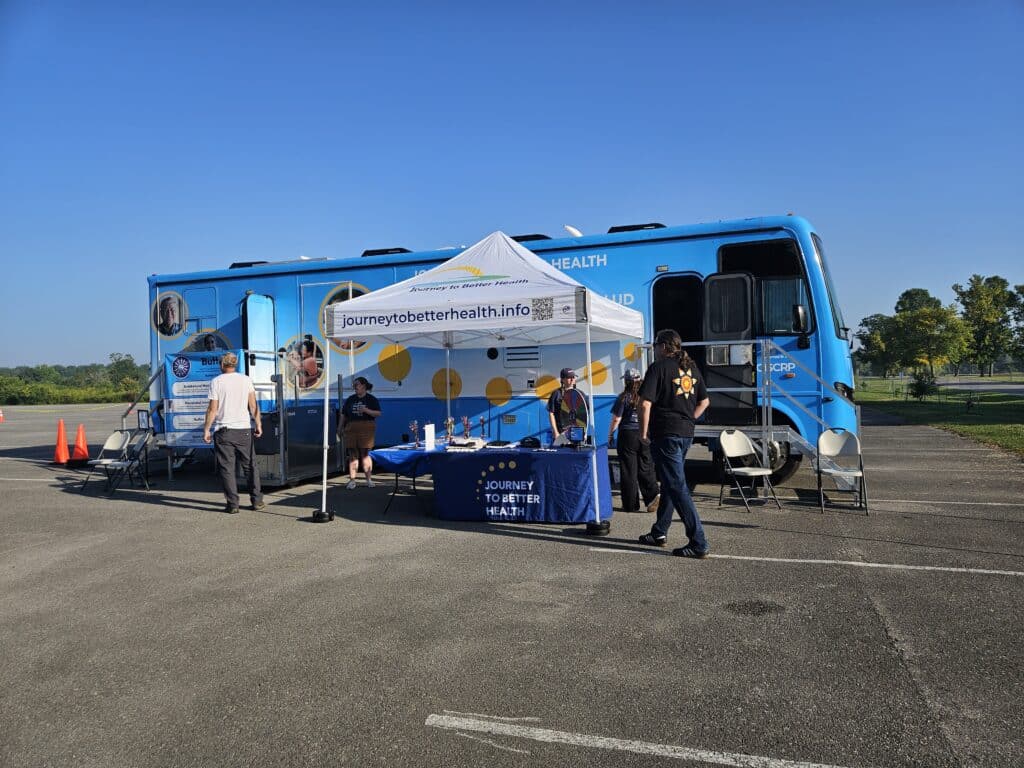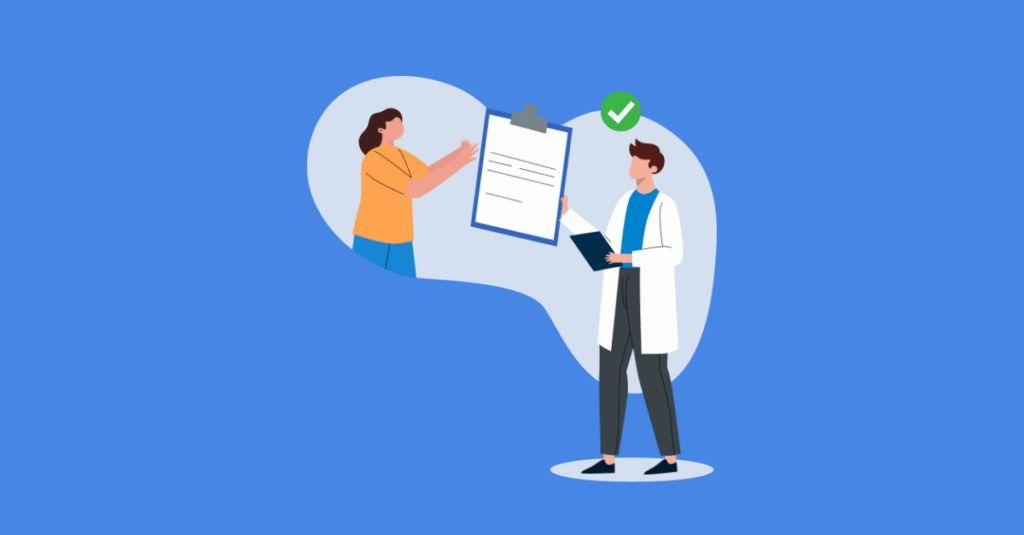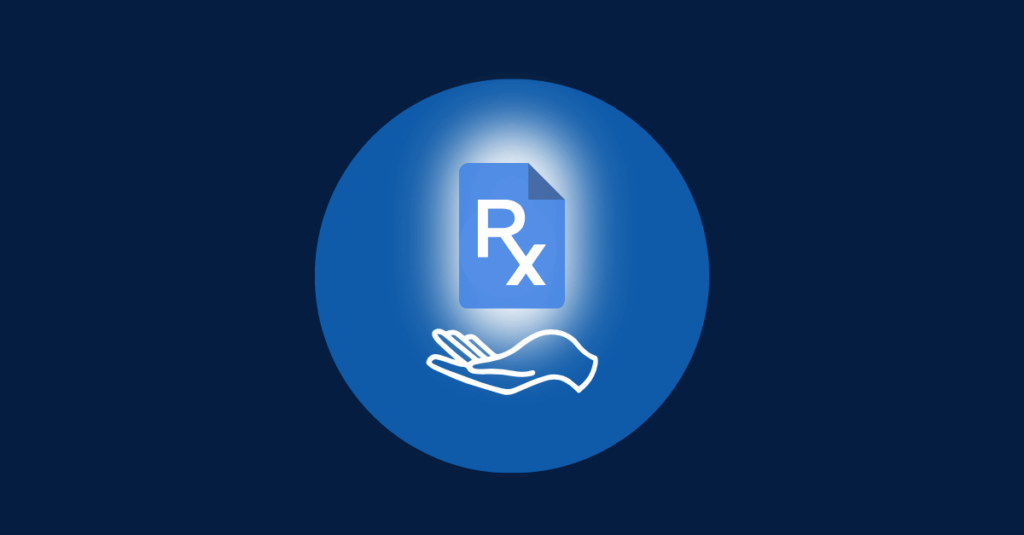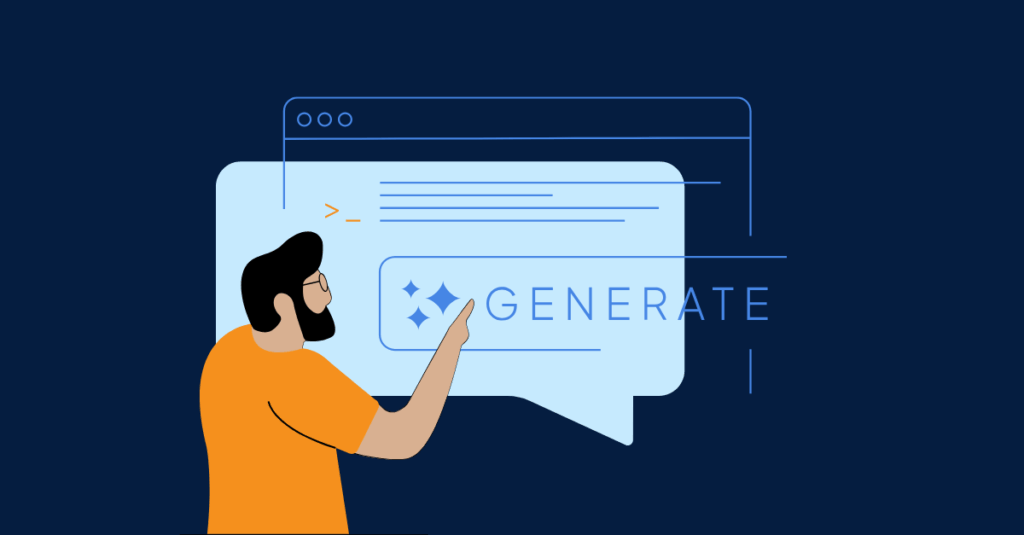Empowering Informed Health Decisions: CISCRP’s Commitment to Health Literacy
By Scott Finger|Oct 6, 2025
By Scott Finger|Oct 6, 2025
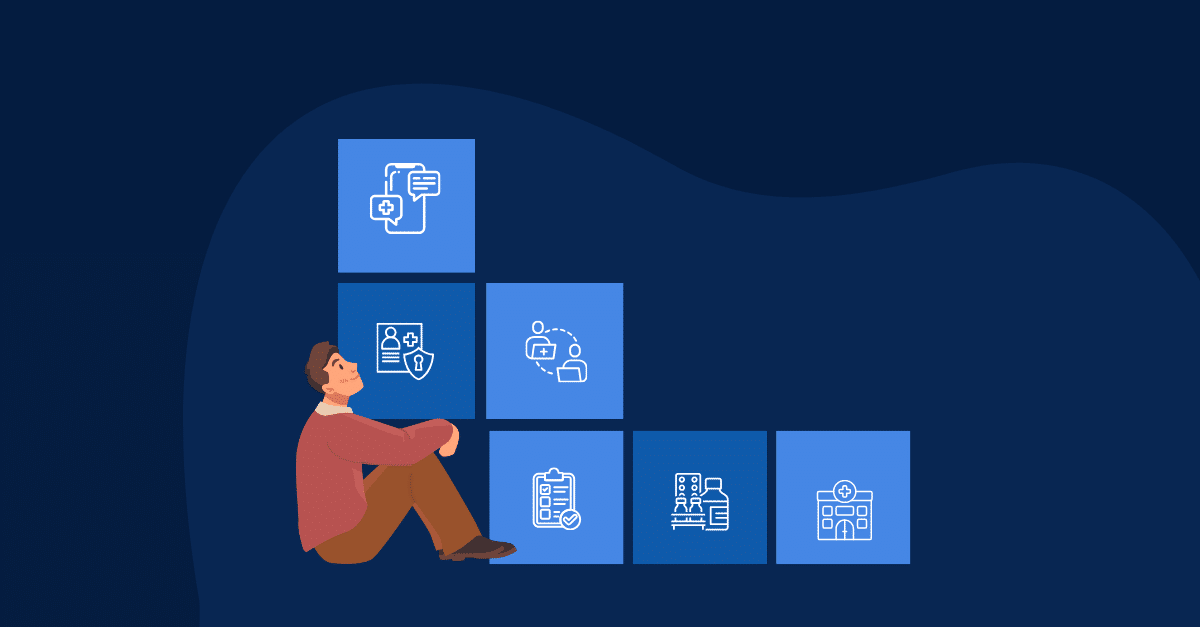
In a world where you can type a few words and instantly get millions of results, it has never been more important to have the proper resources to make informed decisions about your health. To help everyone make decisions that are best for themselves and their loved ones, health resources need to be easy-to-understand, non-biased, non-promotional, culturally sensitive, and relevant for communities.
For those reasons, this October, CISCRP is celebrating Health Literacy Month.
There are actually 2 parts to health literacy: personal health literacy (described above), and organizational health literacy. Simply put, organizational health literacy is the ability of organizations to enable personal health literacy. This is a big part of CISCRP’s mission.
While the idea of health literacy is simple, people may not realize how it applies in everyday life. A common example of health literacy is following instructions for using medicine. A more complex example is understanding how clinical trials work, how they might impact your life if you participate, deciding whether to participate based on that information, then actually finding and determining whether to enroll in any particular trial. And that’s not as simple as taking a pill every day.
Researchers, scientists, and doctors have their own language they use with one another when talking about health. It’s no different than the complex language NASA engineers use when building the next Mars rover, photographers discussing the best aperture setting to use during the “golden hour”, or even editors like me debating when to use “em dashes”. But not everyone needs to know what an em dash is (essentially, a longer hyphen that can be used either to set off information in a sentence—such as the way it’s used here—or like a colon). The difference with health information is that everyone needs to understand.
The European Union has regulations that require clinical research sponsors to share the results of their trials in plain language. This is a great first step, but there is much more sponsor companies can do to support the health literacy needs of their trial participants.
CISCRP has an entire team dedicated to health literacy. This includes medical writers, editors, graphics designers, and other support staff. We also have a community engagement team to not only help educate people, but to help us understand what people need. We make brochures, videos, infographics, and all sorts of engaging materials so people can understand clinical trials and what they might mean to them.
We have created a large library of brochures educating different communities about the importance of diversity in clinical trials and unpacking some concerns that these communities rightfully have. Each community is different, and each person is different. It’s important that every voice is heard and respected.
A big part of health literacy is engaging the community. If you aren’t gathering feedback on what people want to know about, or the concerns they have, the materials you create might not be useful. For example, we created our diversity brochures through anonymous surveys, live focus groups, and talking with subject matter experts who have experience working with these communities.
CISCRP also takes steps to engage the community directly. We’ll host events or participate in events led by community leaders. We customized a mobile exhibit that travels around the country, bringing an interactive clinical trial experience directly to communities. This allows us to provide the crucial human touch in people’s journey to better health.
Another big part of health literacy is reaching your audience. This includes speaking their language.
For example, we created a 4-part pediatric video series explaining trials to kids and teens. Before making these videos, we spoke directly with some children who may be involved in clinical trials, and their parents. From this research, we learned that the children would prefer TikTok-style videos that feature live actors in addition to supporting animations and quick transitions, and videos that were no longer than 2 or 3 minutes each. More importantly, we learned what the children wanted to learn: the benefits and risks of participation, information about placebos, the fact that they could stop participating at any time, and more.
Unfortunately, practicing health literacy is becoming more difficult. Across the globe—and in the United States specifically—the importance of diversity is less of a priority, which includes diversity in clinical trials. Without proper representation from all communities, we can’t be sure that treatments will work for everyone.
At CISCRP, we’re striving to make sure people understand the clinical trial process. But it’s an ongoing journey and getting more complicated.
Traditionally, health literacy has focused more on being able to understand and use health information. In today’s world, there’s a new element to health literacy: accessing correct information.
More and more, social media users are introduced to all sorts of health “facts” and tips. How much of it can be trusted? Are these influencers credible? Who even is to say who can be trusted and who can’t?
Even some professional organizations can spread false information, intentionally or not. Health misinformation (and disinformation) has become more noticeable since the start of the COVID-19 pandemic. And now with how popular AI has become, users can find detailed answers to their questions in seconds, not always taking the time to understand where the answer came from or how accurate it is.
Health literacy, like everything else in the world, is evolving. Putting complex health information into simple terms may not be enough. The next part of health literacy may be developing strategies to ensure that health information isn’t just understandable, but also correct.
CISCRP is a non-profit organization whose core mission is to provide accessible resources, programs, and services that increase awareness and understanding of clinical research. When something we create says “made in collaboration with CISCRP”, it means we did our best to ensure that the information is not misleading, promotional, biased, or difficult to understand. We will always do our best to ensure information is objectively helpful, and we can urge other organizations to take on the same responsibility with the information they share.
Links:
